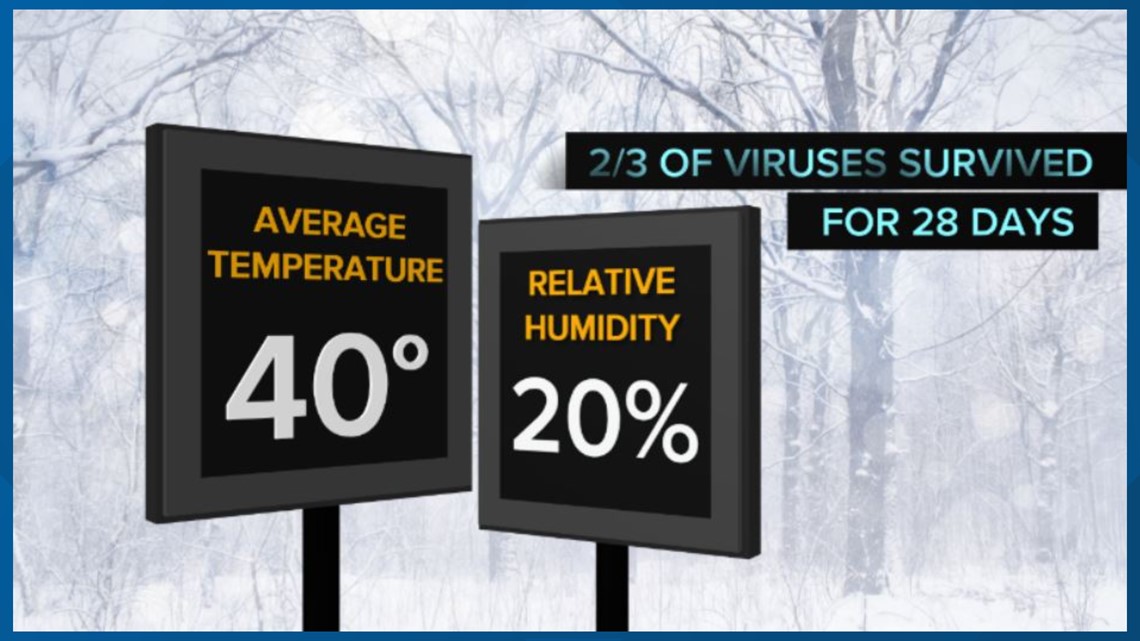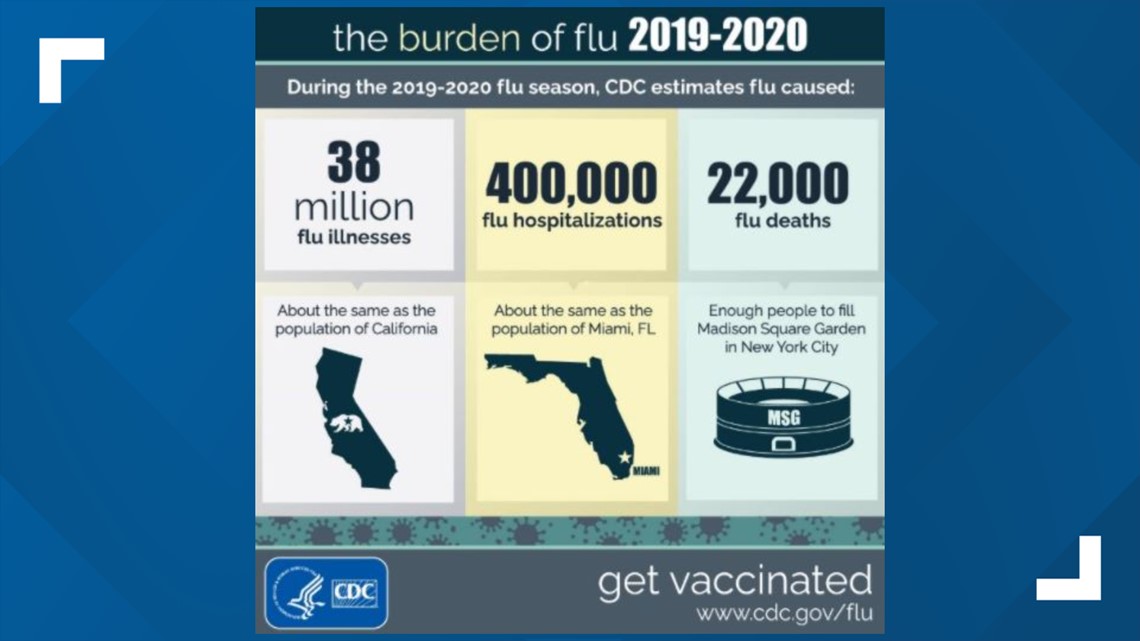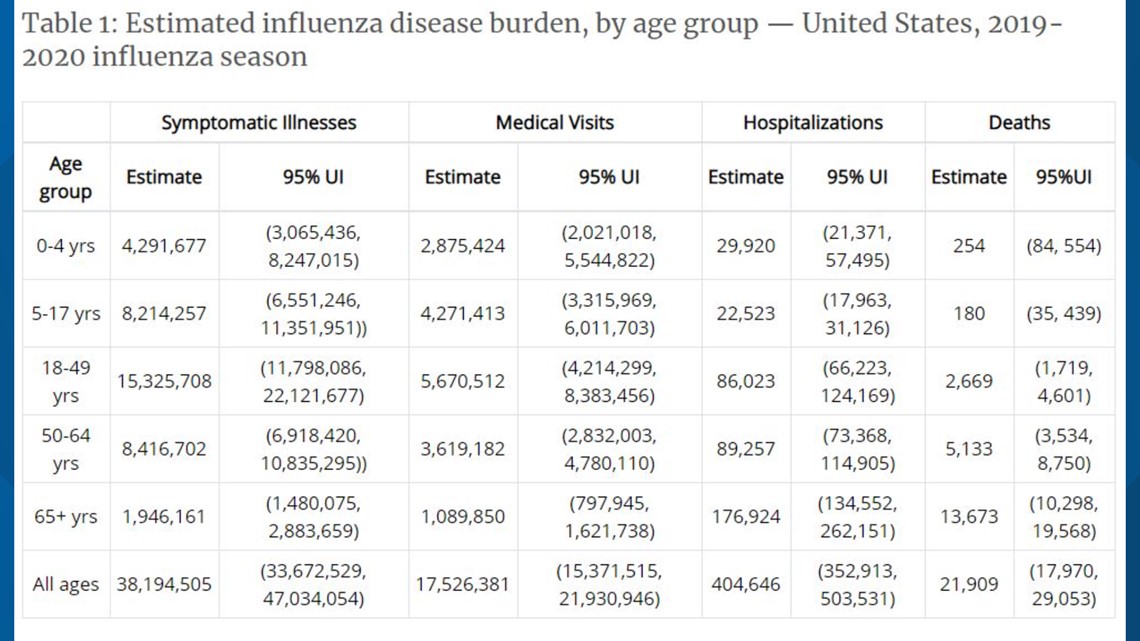COLUMBUS, Ohio — “Put your coat on! You'll catch a cold!” It’s a phrase you’ve likely heard at some point in your life, but does the cold really make you catch a cold? The short answer is no.
“Cold temperatures themselves don’t actually cause you to get sick,” says Dr. Ashley Lipps, Assistant Professor in the Division of Infectious Diseases at the Ohio State University.
However, some viruses, especially influenza, do thrive in cooler temperatures. Researchers say that's because the influenza virus remains more stable and in the air longer, and thus is more easily transmitted, in cooler temperatures and dry weather.
Colder and drier environments are typically found in the winter season. In turn, cases of the flu spike in the winter, with February most often being the top month for infection, according to the Centers for Disease Control.


According to a study published by the American Society for Microbiology, both lower temperatures and lower humidity help viruses survive longer. At 40 degrees Fahrenheit and 20% relative humidity, more than two-thirds of viruses survived for 28 days. According to climate data, that would make the State of Ohio a petri dish for viruses like the Flu in February with an average monthly temperature of 40.6 degrees in Columbus, OH. However, our relative humidity is far greater than 20%. In fact, it’s usually closer to the 60th percentile so we at least have that going for us.


During the 2019-2020 flu season, the CDC estimates flu caused:
- 38 million flu illnesses, about the same as the population of California.
- 400,000 flu hospitalizations, about the same as the population of Miami, Fla.
- 22,000 flu deaths, enough people to fill Madison Square Garden in New York City
It can seem like more people get sick when it's cold outside and part of that is due to factors indirectly related to the colder months such as many people being stuck inside together. As we have learned through the COVID-19 pandemic, the closer you are to people who could be coughing or sneezing equals a higher likelihood of germs being spread. But despite the tumbling temperatures this month, flu season has been substantially different this year.
“This year has been incredible. I have seen nobody with influenza in the hospitals this year. In previous years, January, February and March start to be peak flu season where we have many people hospitalized and seriously ill with influenza and this year, we are just not seeing it. And I think a lot of that has to do with a lot of these social distancing measures that we’re doing. People are wearing masks. If anything, it’s shown that these are really useful tools to help prevent flu. I’ll be very curious to see in future years if we adopt the same sort of practices each flu season to help prevent the spread of flu,” adds Lipps.
Dr. Lipps also pointed out that compared to the coronavirus, children and young babies are more seriously affected by influenza. The table below breaks down the estimated disease burden by age according to the CDC.



